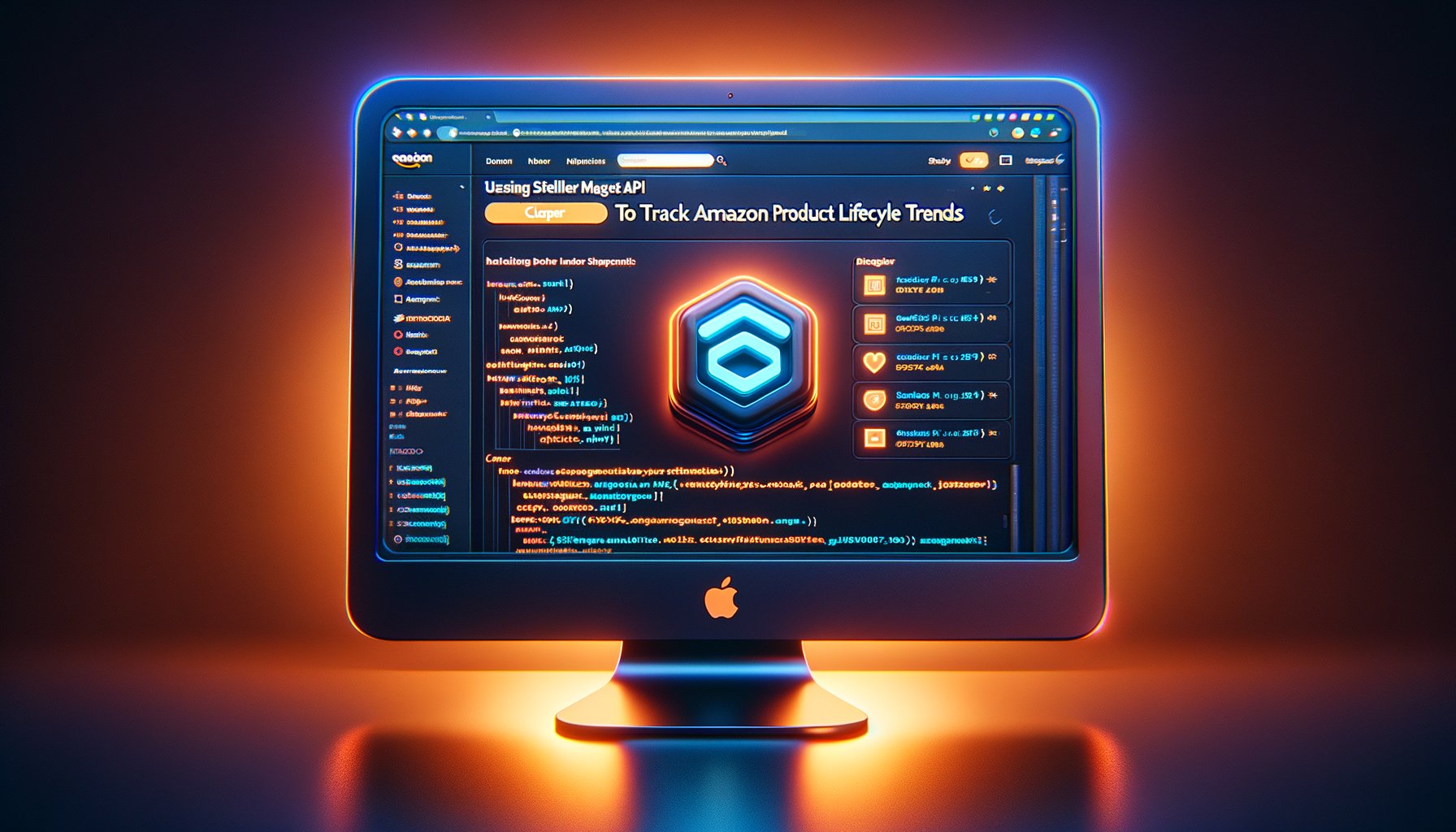Unlock Amazon Product Lifecycle Insights with SellerMagnet API
For Amazon businesses and market analysts, understanding the lifecycle trends of products is critical for competitive analysis, inventory management, and effective market research. SellerMagnet API provides the tools you need to track these trends with precision and ease. This blog post will guide you through leveraging SellerMagnet API to gain a deeper understanding of product performance on Amazon.
Why Track Amazon Product Lifecycle Trends?
Tracking product lifecycle trends helps businesses:
- Optimize Inventory: Identify products that are declining in popularity to reduce inventory risks.
- Refine Competitive Strategies: Analyze competitors' product performance to identify opportunities and threats.
- Enhance Market Research: Understand market demand and predict future trends based on historical data.
- Improve Pricing Strategies: Monitor price fluctuations to set optimal pricing.
Getting Started with SellerMagnet API
To begin, you'll need an API key. You can Try Free to get started. SellerMagnet API offers a comprehensive suite of endpoints designed to provide detailed product insights. We will focus on the Amazon Product Statistics endpoint for tracking lifecycle trends.
Practical Use Cases and Examples
1. Tracking Sales Rank History
The sales rank of a product is a key indicator of its popularity and sales performance. SellerMagnet API allows you to retrieve the historical sales rank data for any Amazon product using the Amazon Product Statistics endpoint.
Here’s how you can retrieve the sales rank history for a product:
curl --location --request GET 'https://sellermagnet-api.com/amazon-product-statistics?asin=B08N5WRWNW&marketplaceId=A1PA6795UKMFR9&api_key=YOUR_API_KEY'
Response example:
{
"success": true,
"data": {
"asin": "B08N5WRWNW",
"amazonPrice": 2999,
"bestSellerRank": 1234,
"buyBoxPrice": 3000,
"buyBoxFulfillment": "FBA",
"buyBoxSellerIdHistory": [
[
"2024-01-01T00:00:00Z",
"A1234567890123"
],
[
"2024-01-02T00:00:00Z",
"A4567890123456"
]
],
"salesRankHistory": [
[
"2024-01-01T00:00:00Z",
1200
],
[
"2024-01-02T00:00:00Z",
1234
]
],
"trackingSince": "2023-12-01",
"graphs": null,
"metadata": null
}
}
This data can be used to plot trends in sales rank over time, providing valuable insights into the product's lifecycle stage. You can also use the graphs=true parameter to generate visually graphs for history data.
2. Monitoring Buy Box Price and Fulfillment
The Buy Box is a critical element of Amazon sales. Tracking its price and fulfillment method can provide insights into competitive dynamics.
Use the Amazon Product Statistics endpoint to monitor these changes:
curl --location --request GET 'https://sellermagnet-api.com/amazon-product-statistics?asin=B07XJ8C5LL&marketplaceId=ATVPDKIKX0DER&api_key=YOUR_API_KEY'
By analyzing the buyBoxPrice and buyBoxFulfillment fields over time, you can understand how pricing strategies and fulfillment methods impact product sales. Additionally, buyBoxSellerIdHistory provides a chronological list of Buy Box seller changes, including timestamps and seller IDs.
3. Analyzing Product Review Trends
Customer reviews significantly influence buying decisions. Monitoring review counts and ratings can indicate changes in product perception.
To monitor the reviews, use the data provided in Amazon Product Statistics combined with Amazon Product Lookup:
curl --location --request GET 'https://sellermagnet-api.com/amazon-product-lookup?asin=B07XJ8C5LL&marketplaceId=ATVPDKIKX0DER&api_key=YOUR_API_KEY'
Analyze the reviews object to see trends in average rating and total reviews.
4. Identifying Product Introduction and End-of-Life
The trackingSince field in Amazon Product Statistics indicates when SellerMagnet began tracking the product. While not the exact listing date, it provides a good approximation of when the product became significant. The Amazon Product Lookup gives the listedSinceDate which indicates when the product was first listed.
Monitor sales rank and review trends to identify products nearing the end of their lifecycle. A consistent decline in sales rank and a slowdown in review accumulation may indicate a product is losing market relevance.
Enhance Your Analysis with Additional SellerMagnet API Endpoints
- Amazon Product Offers: Gives the current offer details of a specific product.
- Amazon Bestsellers: Identify trending products within specific categories.
- Amazon Product Estimate Sales: Obtain estimated monthly sales for a given product.
- Amazon ASIN/ISBN/EAN Converter: Convert product identifiers for broader analysis.
- Amazon Seller Review: Get the seller review.
Best Practices for Tracking Product Lifecycles
- Automate Data Collection: Use SellerMagnet’s DataPipeline feature to automate the collection of product data over time.
- Monitor API Status Always be informed of the current state of the API.
- Regularly Update Your Analysis: Product lifecycles can change rapidly, so it's essential to update your analysis frequently.
- Combine Data Points: Integrate sales rank, pricing, and review data for a holistic view of product performance.
- Consider External Factors: Account for seasonal trends, marketing campaigns, and competitor actions when interpreting lifecycle trends.
Conclusion
Tracking Amazon product lifecycle trends is essential for staying competitive and making informed business decisions. SellerMagnet API provides the data and tools you need to effectively monitor these trends and optimize your Amazon strategy. Start leveraging the power of SellerMagnet API today to unlock deeper insights into your product performance.
Explore our Documentation, Code Examples, Pricing and Blog to maximize your use of the SellerMagnet API. Contact us with any questions through Contact.
